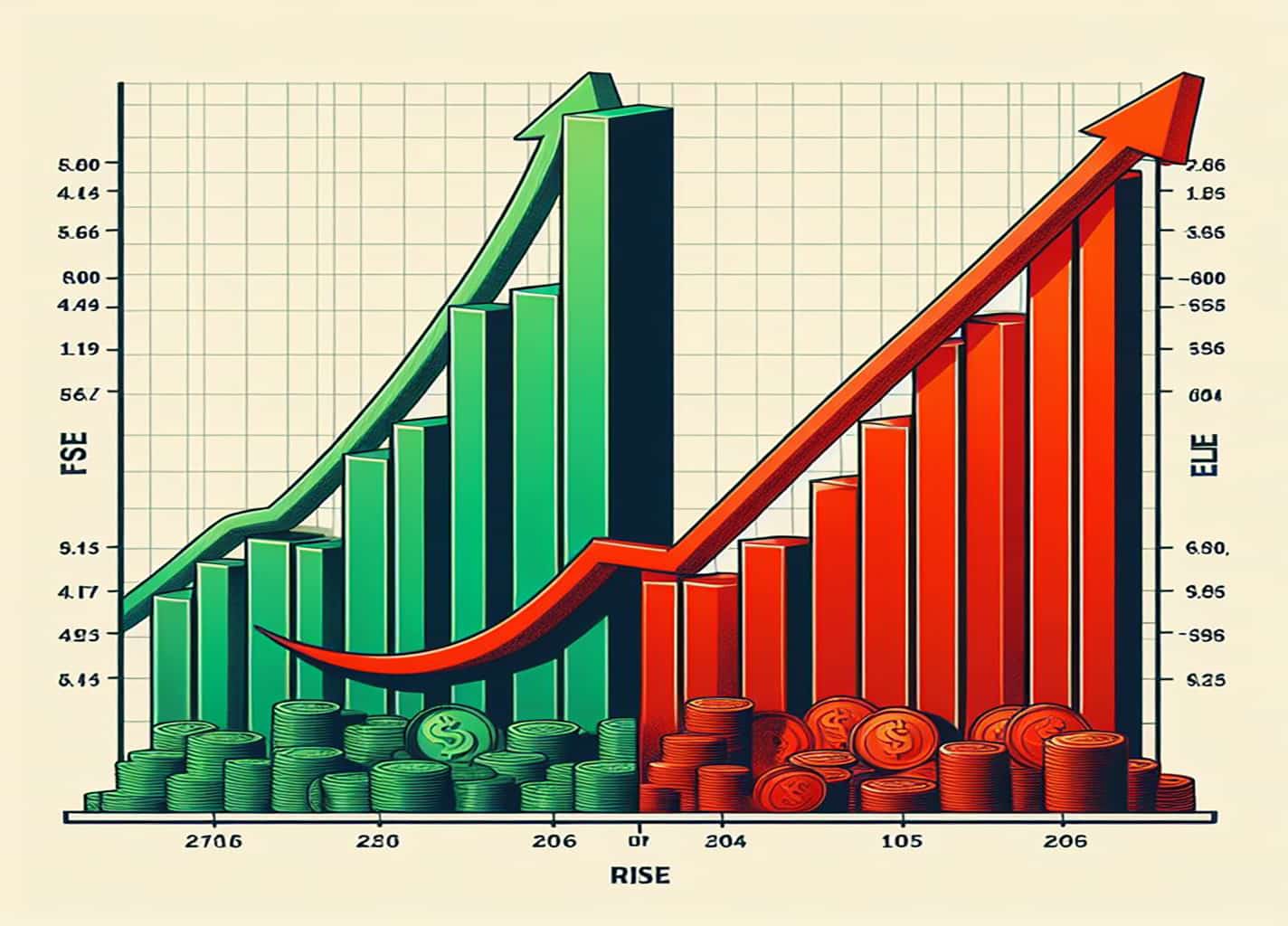
Any event in the world that affects more than 2-3 steps triggers the process of creating conclusions, conclusions in turn form goals, and to achieve goals you need analytics.
Let's talk about trade - trade is an exchange. The exchange of one thing for another, it is also called barter. In ancient times began to make an exchange for valuable metals, the more valuable and beautiful metal the more its value. Thus the appearance of gold became the first currency. Over the years, gold was replaced by some signs that denoted the gold equivalent in the bank, and the modern currency appeared, the so-called fiat currency. You can find out what fiat is in the study section. In the modern model of trade, fiat money is exchanged for goods or services. The same way it happens with crypto trading, only the day it was invented a special word taken from the English language - crypto trading. Crypto trading is the exchange of crypto assets for goods or services. This process practically does not differ from bank payments, but it exists in the electronic chain of crypto-coins. Like any currency, cryptocurrency has storage facilities - these are crypto-wallets, some devices on which cryptocurrency is stored. In order to make a crypto-trade - you need to specify the address of the crypto-wallet, specify the amount, and accordingly choose a crypto-coin. Then the process is automated.

Analytics in the world of cryptocurrencies is a rather complex process, but in order to get started you need to become familiar with analytics tools, such as charts.
Proper analysis of charts allows you to pay attention to the potential of the asset or on the contrary its unreliability, for example, an ascending chart does not always show growth, if you look at this chart in the period of 15 minutes, it shows growth, and if you look at the rank of 1-2 days, it will show a fall. Charts are the main tool for traders to build a proper trading strategy. Depending on many factors, the user plans to sell or accumulate the selected cryptocurrency.
There are 3 types of major trends on the market - main trend, secondary trend and minor trend. all of them are measured by the time period of action. The main trend lasts from months and even up to decades, the secondary trend lasts from weeks to months, and the minor trend lasts up to 10 days. Before operations and determining the prospects, the trader evaluates price charts.
For example, a line chart is the simplest chart, reflects the history of price changes at a certain point in time, as correctly depicted by a solid line. Candlestick chart is more detailed. This chart is also called "Japanese candles", it shows the change in prices between the opening and closing of transactions, maximum and minimum prices.
Graphs usually come in different types - some carry general information, others a specific process, and for convenience, there are many different types of graphs, such as a line chart, pie chart, histogram, and many others, we will tell you examples and principles of operation of these analytical tools
A line chart is a definite number of points on a graph connected by a line. A line chart is particularly useful in showing the overall direction of a process. A line chart can be used to compare categories of success or error. It is usually labeled on a timeline.
A pie chart is needed to compare parts. A pie chart, for example, can be used to show how many successful trades there were and how many were not successful. It will explicitly show the difference in fractions of the total.
A histogram is very similar to a bar chart, but splices n e categories or time changes, and each bar shows the distribution of data by category. Each flag represents a range of values for a particular item
2024 Immutable Profit - All Rights Reserved.